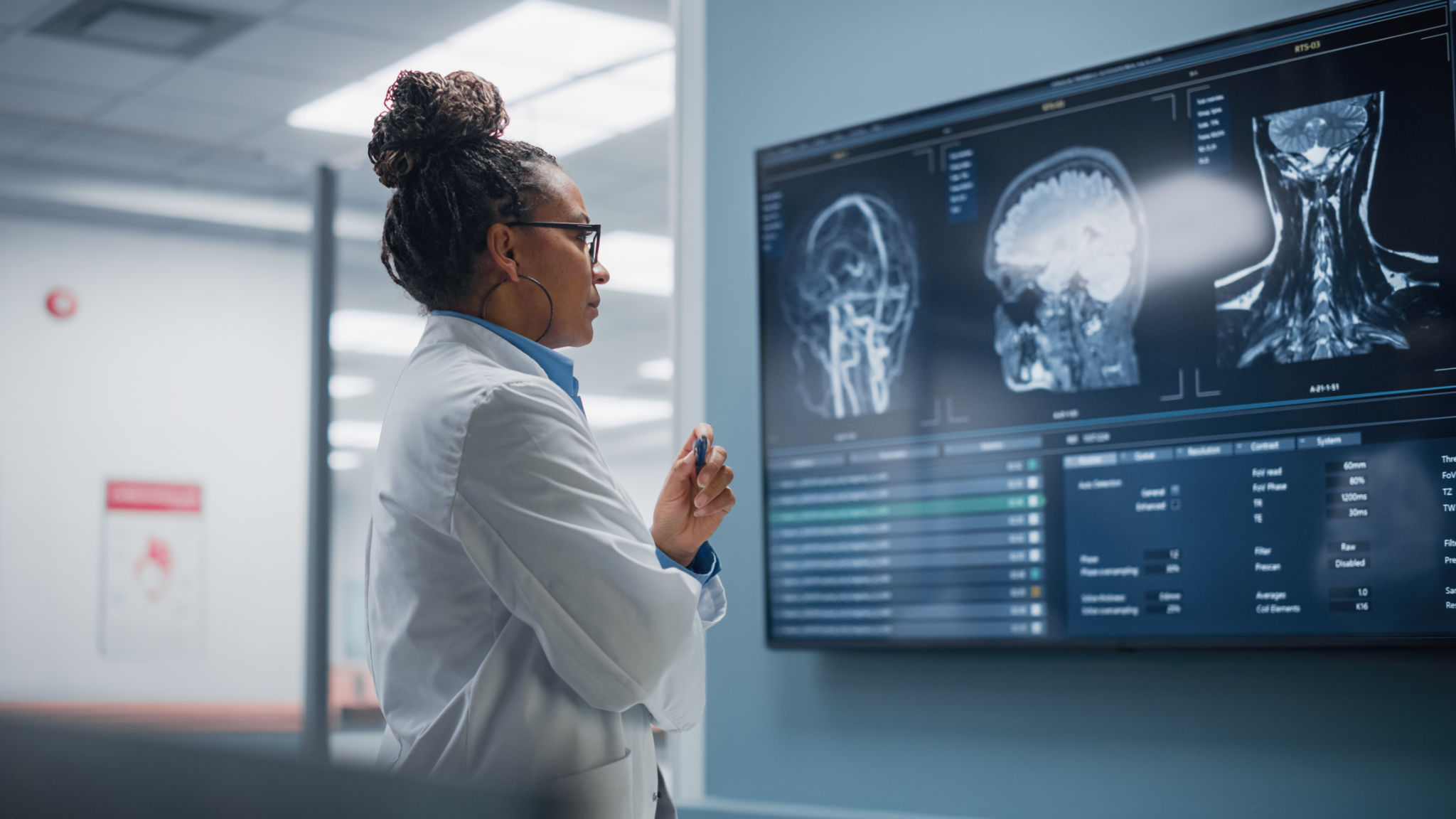Applied Neurodynamics: Shaping Functional Spaces for Businesses
St
Understanding Applied Neurodynamics
In recent years, the concept of applied neurodynamics has gained significant traction in the business world. By understanding how the brain's neural networks function, businesses can create workspaces that enhance employee productivity and satisfaction. Essentially, applied neurodynamics focuses on designing environments that align with human cognitive and emotional processes, fostering a more efficient and harmonious workplace.
At its core, applied neurodynamics involves the integration of neuroscience principles into the design of functional spaces. This science-backed approach is not just about aesthetics; it's about creating environments that engage employees' brains in ways that promote creativity, collaboration, and well-being.

The Science Behind Neurodynamics
The brain is an intricate network of neurons that communicate through electrical impulses. These neurons are influenced by environmental factors such as lighting, color, and spatial arrangements. By leveraging this knowledge, businesses can tailor their spaces to optimize mental performance and emotional health.
For instance, studies have shown that natural light can significantly boost mood and energy levels. Similarly, colors like blue and green are known to have a calming effect, while warmer colors can stimulate creativity and dynamism. Understanding these nuances allows businesses to design spaces that align with specific cognitive goals.
Designing for Cognitive Engagement
Cognitive engagement is crucial for maintaining focus and productivity. By incorporating elements that capture attention and stimulate thought, businesses can enhance employee engagement. This can be achieved through:
- Interactive Spaces: Areas that encourage movement and interaction can help break monotony and inspire fresh ideas.
- Flexible Workstations: Providing options for standing desks or collaborative tables can cater to different working styles.
- Quiet Zones: Dedicated spaces for focused work can minimize distractions and improve concentration.

Emotional Well-being in the Workplace
The emotional climate of a workplace is just as important as its physical layout. Applied neurodynamics emphasizes creating environments that foster positive emotions and reduce stress. This involves not just the physical space but also the organizational culture and interpersonal dynamics.
Incorporating elements such as plants, artwork, and even scent can contribute to a more pleasant atmosphere. Moreover, promoting a culture of inclusivity and support enhances emotional well-being, leading to happier and more productive employees.
Practical Applications for Businesses
Integrating applied neurodynamics into business strategies requires a thoughtful approach. Here are some practical steps businesses can take:
- Conduct Workplace Assessments: Evaluate current spaces to identify areas for improvement based on neuroscientific principles.
- Engage with Experts: Collaborate with neuroscientists or specialized consultants to tailor solutions specific to your workforce needs.
- Implement Gradual Changes: Start with small adjustments, such as altering lighting or reconfiguring workspaces, to observe their impact before scaling up.

The Future of Workplace Design
The future of workplace design lies in the intersection of neuroscience and architecture. As businesses continue to recognize the value of applied neurodynamics, we can expect more workplaces to evolve beyond traditional layouts. These changes promise not only increased productivity but also enhanced employee satisfaction and retention.
In conclusion, applied neurodynamics offers a transformative approach to designing functional spaces that cater to both cognitive and emotional needs. By embracing this innovative field, businesses can create environments that nurture their most valuable asset: their people.